 welcome to my blog
welcome to my blog
CLASS -1
What is cooking?
Preparing edible food by applying heat and combining select measured in an ordered process.
Effect of applying heat to ingredients:
Dry-heat methods are those in which the heat conducted without moisture that is by hot air, hot fat, hot metal and hot radiations.
Dry heat have a 2 categories:
With fat or Without fat
1. Broiling

Using the small quantity of fat and using hot metal.
2. Grilled
/lamb-chops-grilled-getty-3867-x-2578-56a645d65f9b58b7d0e0c3a8.jpg)
Using the natural hot air and usually used the stone and the others related.
3. Roasting

Roasting methods exist either by hot air ( open fire) or hot radiations and its rotates. What happen to the meat usually out of the meat is dry and inside the meat is wet.
4. Baking

Baking is involved the food in lack solid structure. Cook in covered, at a temperature is 375 at or below
5. Frying
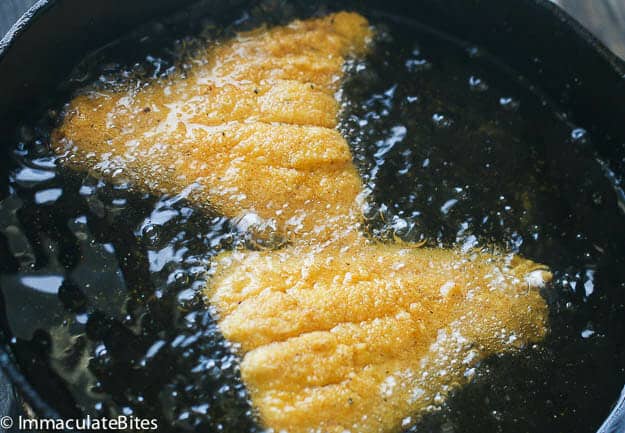
Saute, shallow, deep and stir
Moist- heat
Moist - heat are those in which the heat conducted product by water and
water based such as stock, sauce.
1. Poaching

Liquid moves slightly but no bubbles and liquid temperatures in between 160-180F
71-82C. Use eggs, fish and fruits.
2. Boiling

Large bubbles and rapid movement. Liquid temperature in between 212F and 100C.
Uses pasta and vegetables and other .
3. Simmering

Small bubbles break through the liquids surface.The temperature at 185- 205f 85-96c.
Uses meat, stew, chicken.
4. Steaming
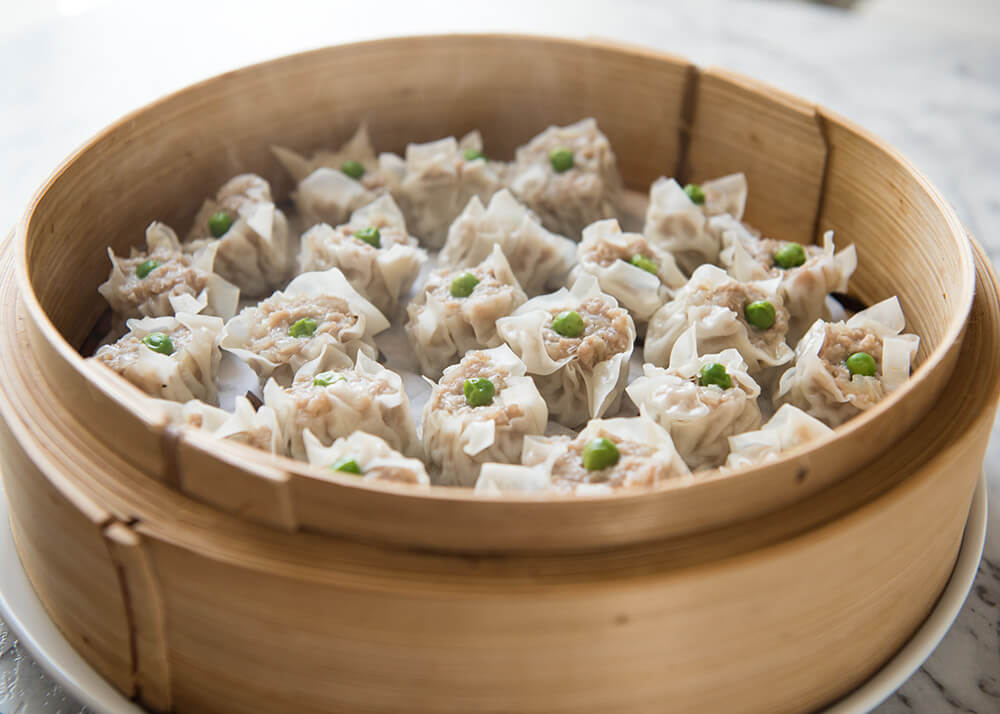
Food is in contact only with the steam generated by boiling water. Water temperature at 212f or higher 100c or higher.Use for the vegetables chicken, fish, sellfish.
5. Blanching

Low heat and put in ice for food maintain freshness.











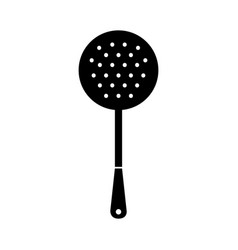
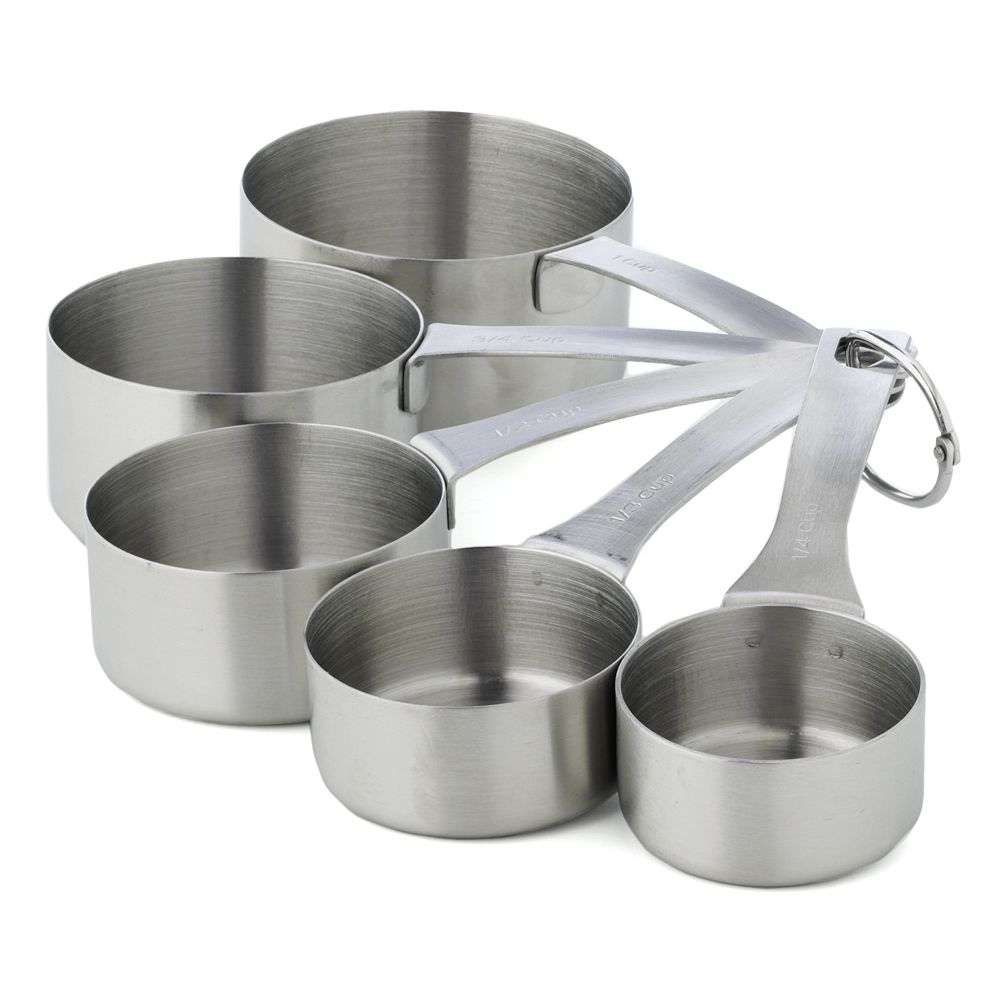



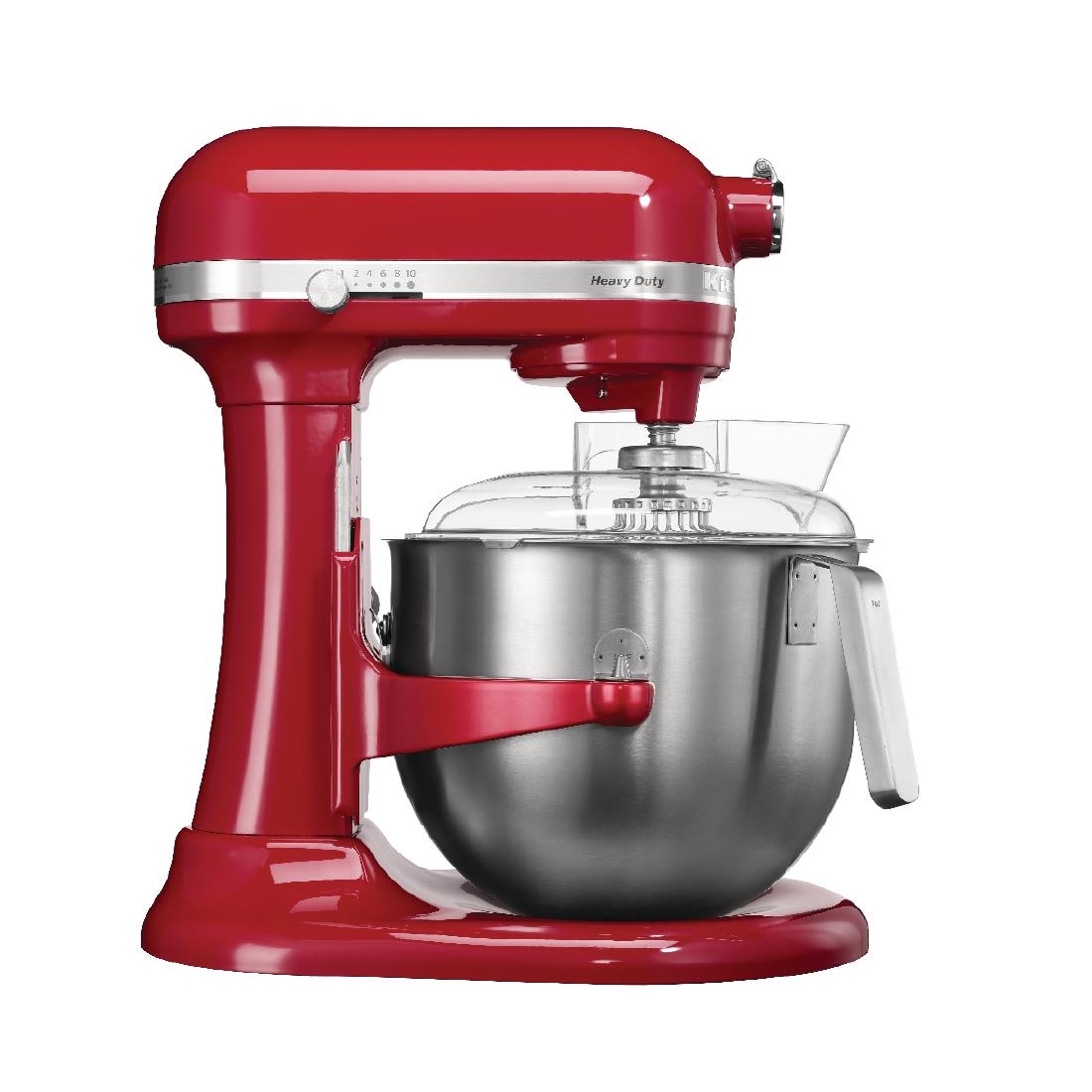

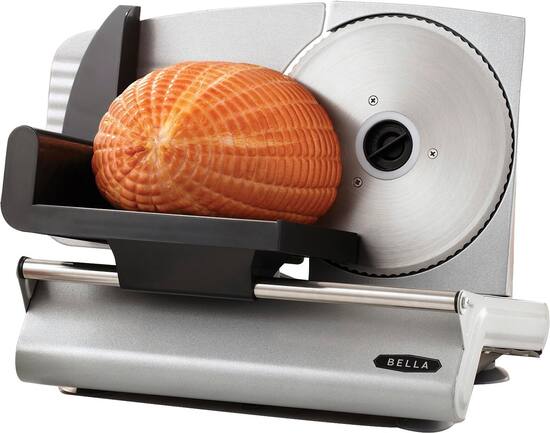

Preparing edible food by applying heat and combining select measured in an ordered process.
Effect of applying heat to ingredients:
- Texture
- Flavor
- Aromatic
- Appearance
Why we should cook?
- To kill the microoganisms.
- To enhances the taste.
- To make palatable.
- To produce the texture.
COOKING METHODS
Dry -heat
Dry-heat methods are those in which the heat conducted without moisture that is by hot air, hot fat, hot metal and hot radiations.
Dry heat have a 2 categories:
With fat or Without fat
1. Broiling

Using the small quantity of fat and using hot metal.
2. Grilled
/lamb-chops-grilled-getty-3867-x-2578-56a645d65f9b58b7d0e0c3a8.jpg)
Using the natural hot air and usually used the stone and the others related.
3. Roasting

Roasting methods exist either by hot air ( open fire) or hot radiations and its rotates. What happen to the meat usually out of the meat is dry and inside the meat is wet.
4. Baking
Baking is involved the food in lack solid structure. Cook in covered, at a temperature is 375 at or below
5. Frying

Saute, shallow, deep and stir
Moist- heat
Moist - heat are those in which the heat conducted product by water and
water based such as stock, sauce.
1. Poaching

Liquid moves slightly but no bubbles and liquid temperatures in between 160-180F
71-82C. Use eggs, fish and fruits.
2. Boiling
Large bubbles and rapid movement. Liquid temperature in between 212F and 100C.
Uses pasta and vegetables and other .
3. Simmering

Small bubbles break through the liquids surface.The temperature at 185- 205f 85-96c.
Uses meat, stew, chicken.
4. Steaming

Food is in contact only with the steam generated by boiling water. Water temperature at 212f or higher 100c or higher.Use for the vegetables chicken, fish, sellfish.
5. Blanching
Low heat and put in ice for food maintain freshness.
TYPES OF TASTE :
1. Sweet
2. Sour

3. Bitter
4. Salty

MAJOR LARGE EQUIPMENT
Kitchen equipment divided into 3 parts is:
- Hand tools or small equipment (Utensil).
- Food processing (Major equipment).
- Holding storage equipment.
Hand tools or small equipment (Utensil)
1.. Measuring
spoon

- Measures liquid & dry ingredients.
- Utensils for measuring small amounts of both dry and liquid ingredients accurately.
2. Strainer

- Removes lumps & adds air to powered sugar & flour.
- Small device used to move dry ingredients across a screen area to remove any lumps and mix and aerate them.
3. Wire whisk

- Beat and blends food.
- To whip eggs or cream or add air to a batter. Not used with thick mixtures.
4. Double boiler

- Pan used to gently cook foods in an upper pan while it sits above another pan of hot boiling water.
5. Wooden spoon
- Mixes, stirs and beats food.
- Used for mixing and when cooking and stirring foods.
6. Grater

- Grates, slices & shreds vegetables & cheese.
- A
cutting tool used to shred or grate foods like potatoes, cabbage, cheese or if
the surface is fine, to zest lemons or ginger.
7. Pizza cutter
- Cutting tool useful for cutting noodles, dough, cooked pizza, etc
8. Fried spoon
- Used for frying food
9. Measuring cup

- Its purpose is to measure the water.
10. Knife
- Use a knife to cut each ingredient is needed for cooking.
11. Peeler
12. Colander
FOOD PROCESSING (MAJOR EQUIPMENT)
Large equipment is mainly used for heavy use. Normally some of these tools are used to obtain a large quantity of food. Among the major equipment:
1. Conventional oven

- Conventional ovens are used to perform a wide variety of cooking tasks. They can grill or roast meat such as beef, chicken and turkey, as well as bake breads, cakes and pastries.
- can be used to reheat food that has already been cooked.
2. Open burner

- Used to cook a variety of dishes.
3. Heavy duty mixer


- The function fryers are the perfect equipment to obtain tasty and crispy fried food.
5. Slicer

- The slicer is an apparatus designed to slice any ingredients such as soft fruits and vegetables and meat.
Holding storage equipment
1. Mixing Bowls
2. Saute pan



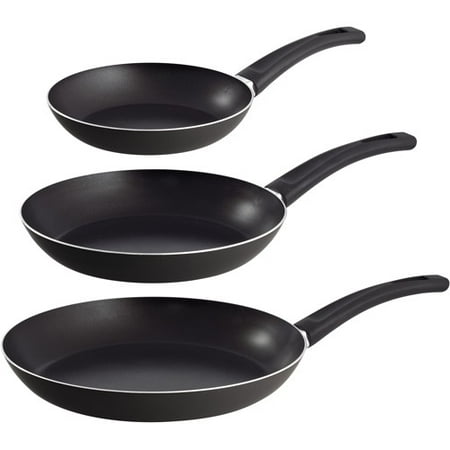

Ulasan
Catat Ulasan